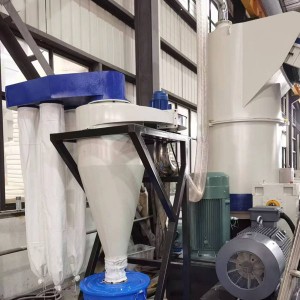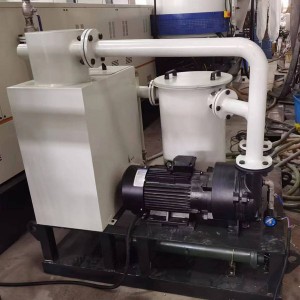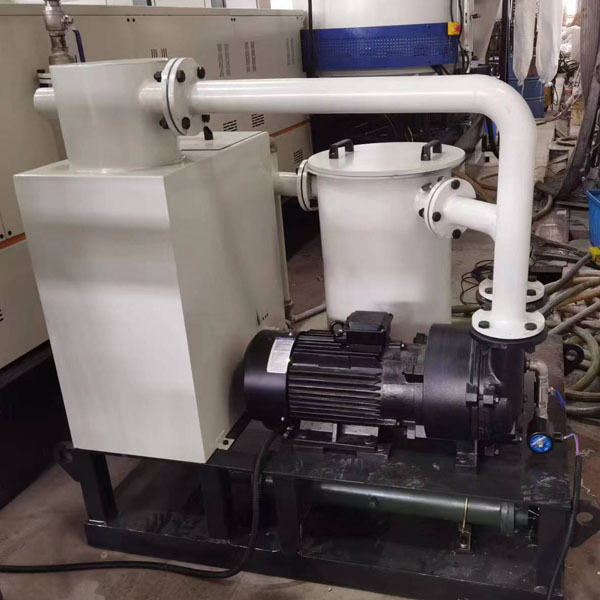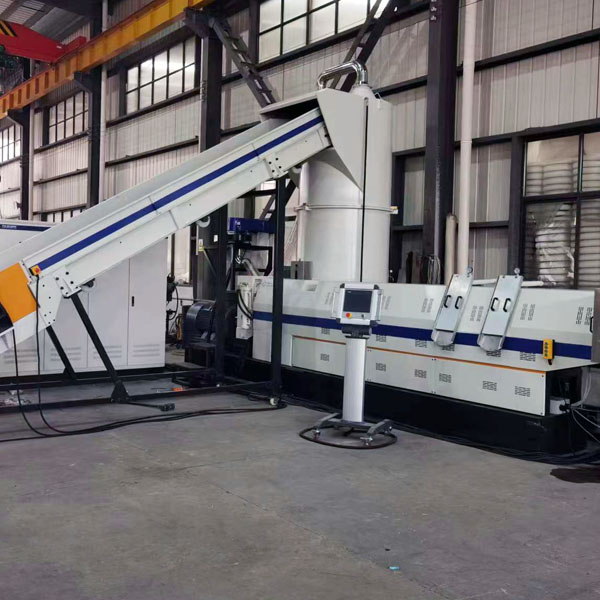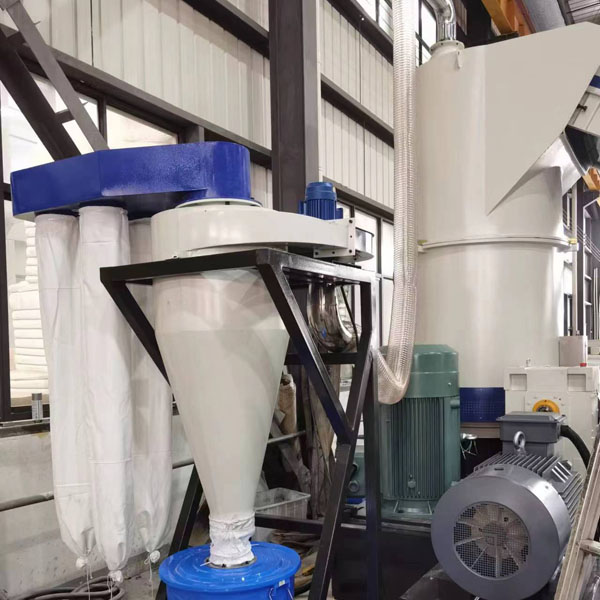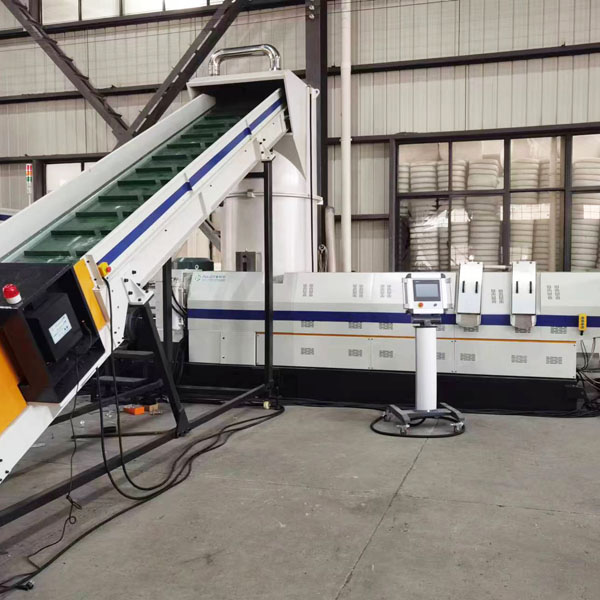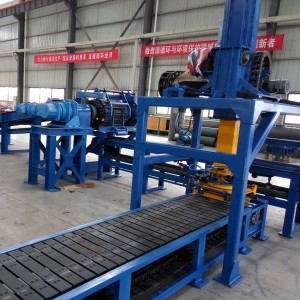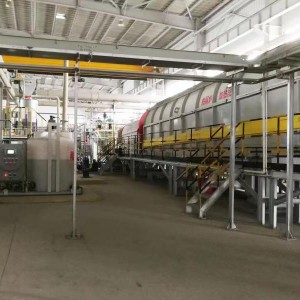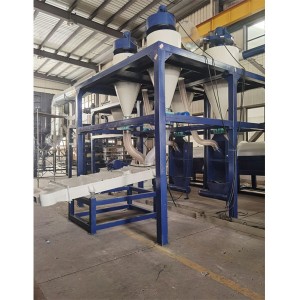Lithium-ion battery separator pelletizing machine
As the robust development of the new energy industry in the vehicles, the lithium-ion battery quantities in the industry grows fastly.
We could offer a turnkey lithium-ion battery recycling solution for you, including the lithium-ion battery module and pack pretreatment and dismantle line, cascade utilization of lithium-ion batteries, discharge machine, fine dismantle batteries, and single battery cell/ electrode plates crushing and recycling line,also the battery separator recycling machine.
The battery separator recycling machine could help to crush and recycle the PE and PP separators.
At first we should know the battery sepator types and characteristics.
In simple terms, the membrane / lithium-ion battery separator is a porous plastic film made of basic materials such as PP and PE and additives. Its main role in lithium-ion batteries is to maintain insulation between the positive and negative electrodes as lithium ions shuttle between them to prevent short circuits. Therefore, an important performance index of the film is its heat resistance, which is expressed by its melting point. At present, most film manufacturers in the world use the wet method, that is, the film is stretched with solvent and plasticizer, and then the pores are formed by solvent evaporation. The highest melting point of the wet-process PE lithium-ion battery separator launched by Tonen Chemical in Japan is 170°C.We can also offer the battery separator pelletizing machine. The battery separator mainly are made from the wet method.
The models of the pelletizing machine for the PP and PE separator we can supply:
| Model | Capacity |
| ML100 | 200kg/h |
| ML130 | 500kg/h |
| ML160 | 600kg/h |
Advantage:
- Special designed cutter compactor for process and compact the PP and PE separators. Long service time for the blades
- Good vacuum degassing system
- Non stop screen changer system
- Watering pellletizing or the quality strand pelletizing system
Please feel free to contact us and make an enquiry!




A plastic recycling and granulating machine is a type of equipment used to recycle plastic waste into granules or pellets that can be reused in manufacturing new plastic products. The machine typically works by shredding or grinding the plastic waste into small pieces, then melting and extruding it through a die to form pellets or granules.
There are different types of plastic recycling and granulating machines available, including single-screw and twin-screw extruders. Some machines also include additional features such as screens to remove impurities from the plastic waste or cooling systems to ensure the pellets are solidified properly. PET bottle washing machine, PP woven bags washing line
Plastic recycling and granulating machines are commonly used in industries that generate large amounts of plastic waste, such as packaging, automotive, and construction. By recycling plastic waste, these machines help reduce the environmental impact of plastic disposal and conserve resources by reusing materials that would otherwise be discarded.



